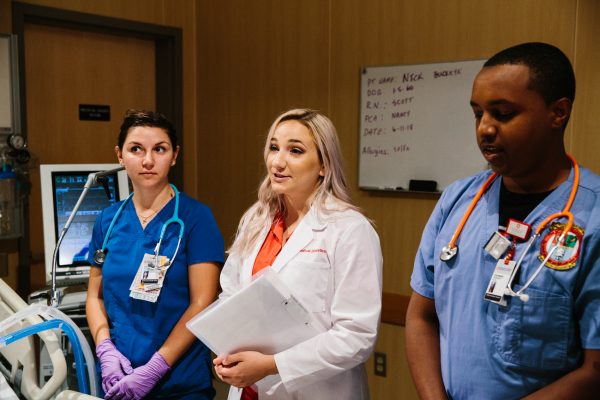Accessibility in Healthcare and the Classroom

One of the main goals of college instructors is to provide students with a well-rounded education, and these Affordable Learning Exchange (ALX) grant winners are doing exactly that. With new educational resources including the Accessible Learning Library (ALL) in the works, Dr. Dunlevy, Dr. Bollinger, and Dr. Starkoff are creating new strategies to teach students about the intersections of healthcare and diverse populations in their course “Individual Differences in Patient/Client Populations” (HTHRHSC 4400).
Q. What inspired you to apply for the ALX grants?
In a course that focuses on healthcare disparities and vulnerable populations, Dunlevy emphasized that, “of all the courses in Health Sciences, this one should offer the same level of access to every student.” Without any additional fees, this course is available to a broader scope of students.
In addition to the Zero-Cost grant, Dunlevy, Bollinger, and Starkoff decided to apply for the Racial Justice Grant because it is crucial to prioritize diversity and inclusivity in healthcare education. “Both of these grants demonstrate the concept of accessibility - with both grants, we created the Accessible Learning Library,” Starkoff shared. “The purpose is to provide resources and create a space where folks can access books that are focused on racial justice, healthcare justice, and beyond. We also hope to create a virtual library where DVDs, podcasts, and streaming services will allow conversations to move in the direction of social justice.”
Q. Can you share any new details about the course?
Dunlevy and Starkoff were especially excited about their new group project assignment, Kid Lit. “Because characters depicted in kid’s books aren’t often diverse, this assignment asks the group to choose a kid’s book that promotes inclusivity (for disabilities, ethnic minority groups, the LGBT+ population, and more). They create a discussion guide and a presentation ‘selling’ that book to their target audience.” Dunlevy explained that the grant helped go towards buying books that “address inclusivity for each vulnerable population and address the topic of healthcare disparities as additional resources for students.” Dunlevy also created a PressBook containing every resource used in the course, so every student and instructor has easy access to articles, powerpoints, videos, and more!
Starkoff said that they are hoping to initiate more ways to get involved with these course materials: “Once we have a physical space, then students in this organization can call this their ‘home’ and become involved with a book or podcast club.”
Q. How has the input of students helped to shape the new course?
Starkoff said that “talking to the students is one of the best parts about this project. In our Media Recommendations Project, students can provide us with ‘blurbs’ about podcasts, movies, and books. Then, we can use that to add the media to our collections. This has become student-led because we are able to take in their feedback… we want to create a safe space where students can come learn in their own time!”
Many of these initiatives are still in progress, as Starkoff commented that the ALL is still growing. “At this point in our physical library, we have a couple books that were required in the past, but now, instead of making students purchase these texts, we are using open resource options.”
Q. What advice do you have for others thinking about reimaging course materials?
“The best advice I can offer is to be creative, and if you aren’t so creative, talk with others in your circle who are!” Dunlevy highlighted that these initiatives were a group effort, as “everyone in the division who teaches this course was involved in the upgrade.”
Teamwork truly does make the dream work, and social justice starts with sharing stories, listening, and collaborating. The drive for inclusivity and accessibility in the classroom has the power to positively shape the future of many fields, including healthcare.





